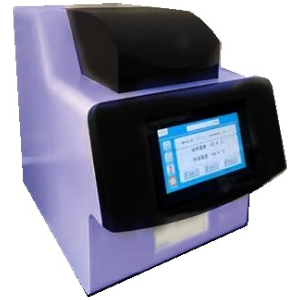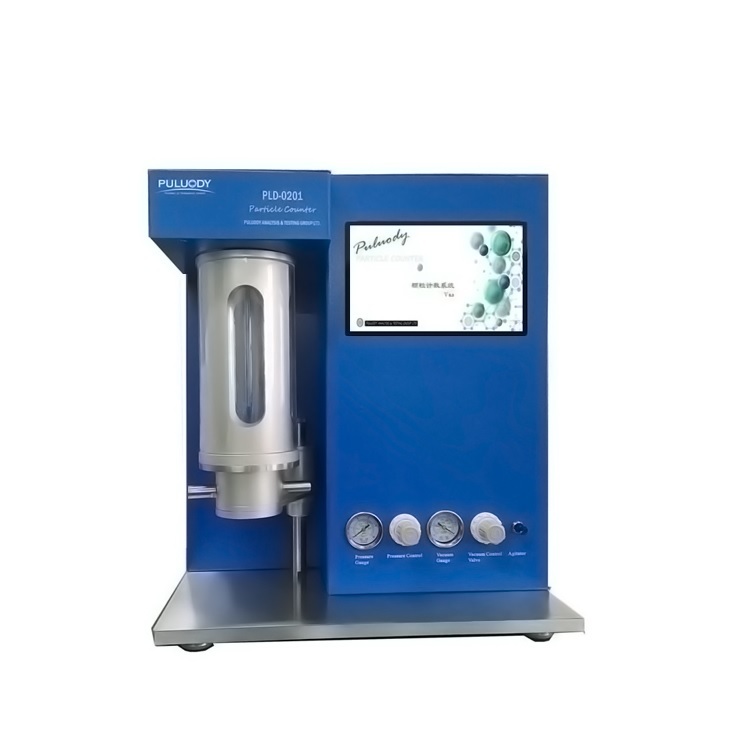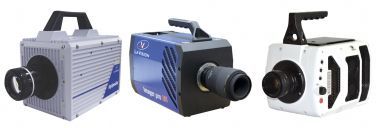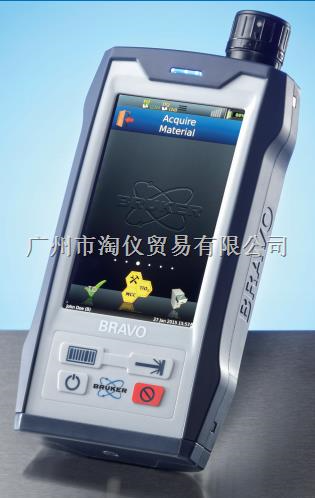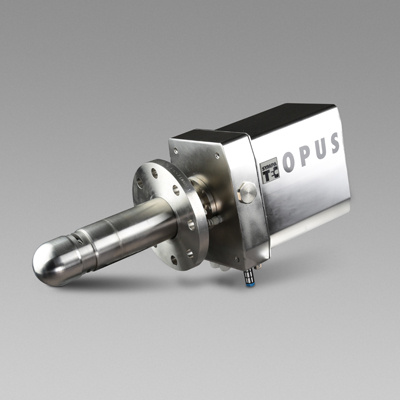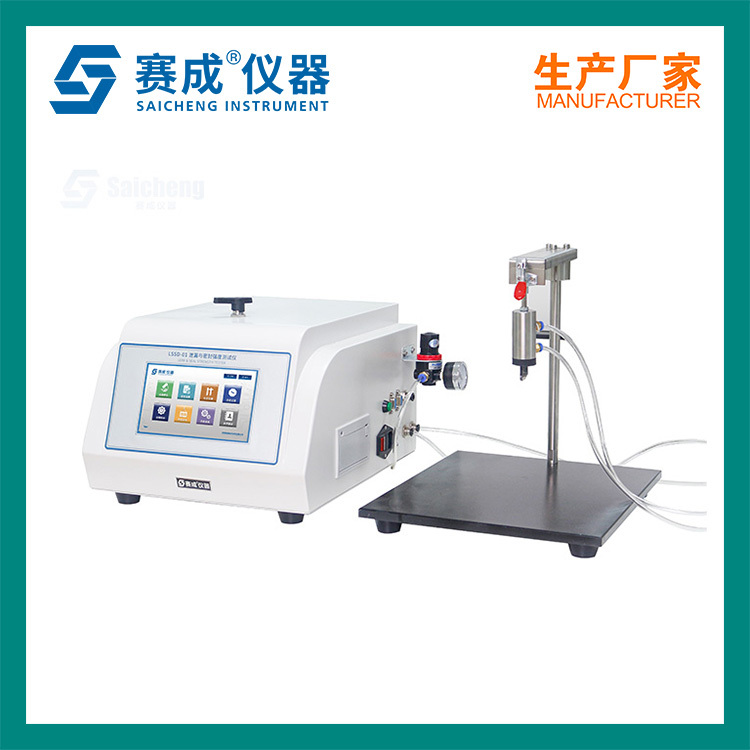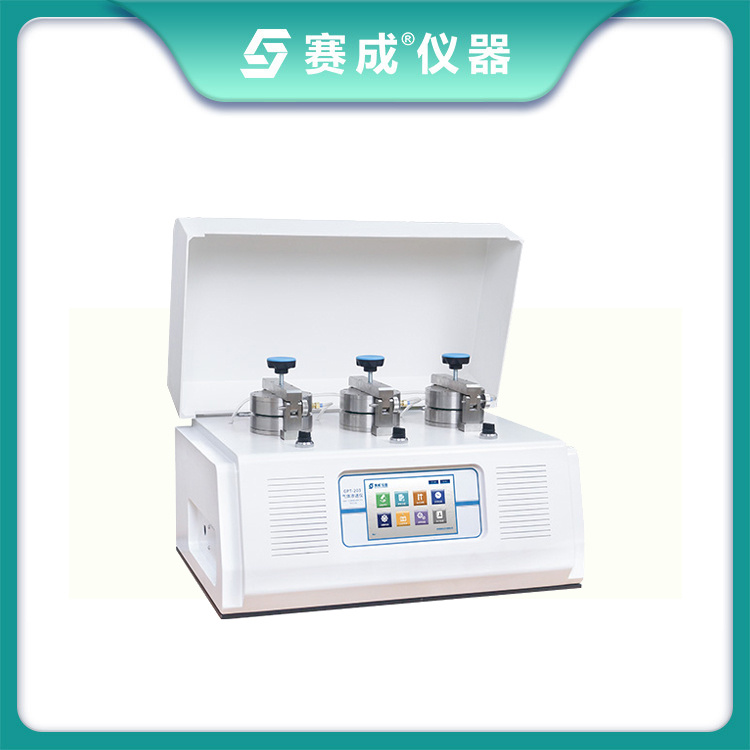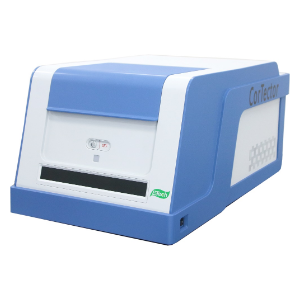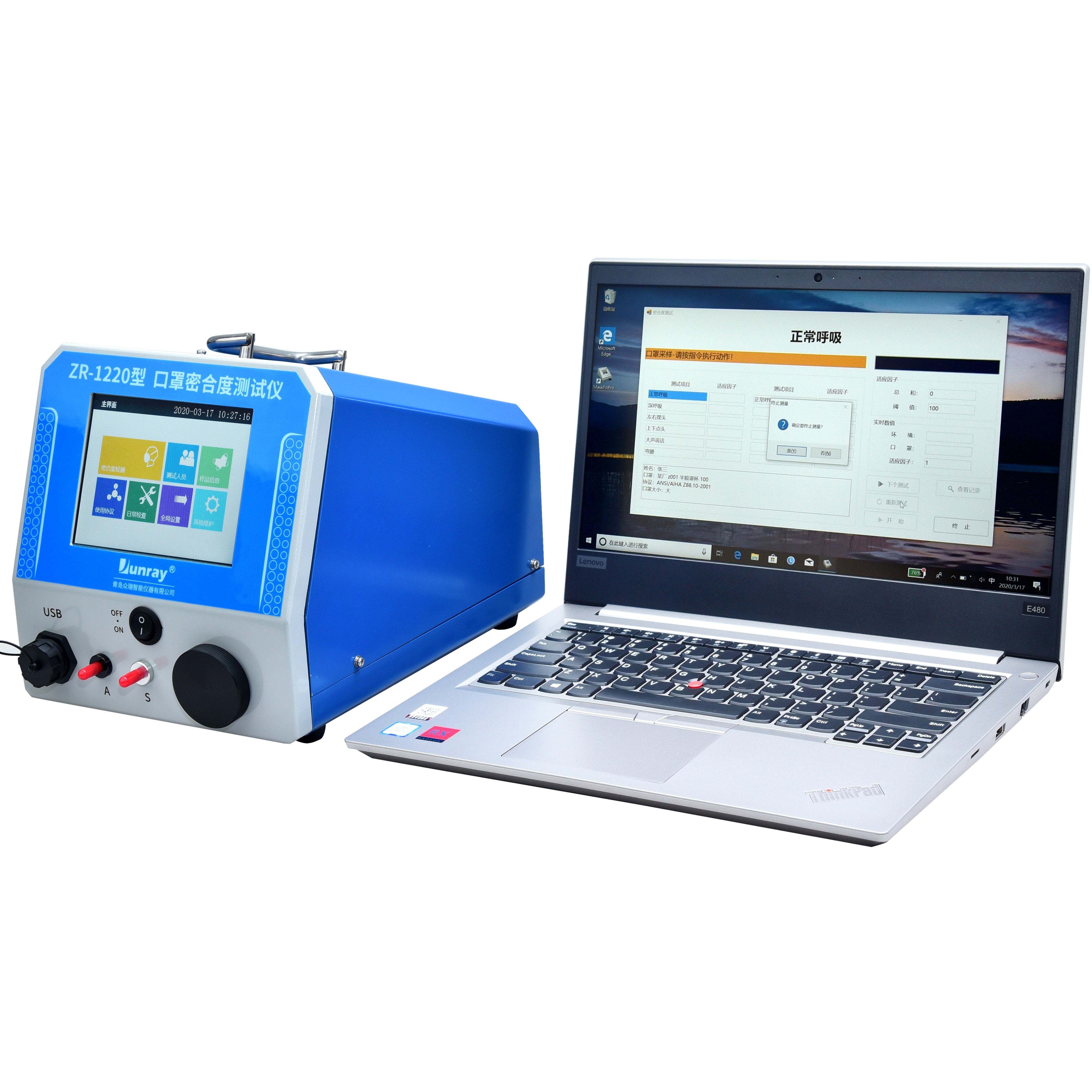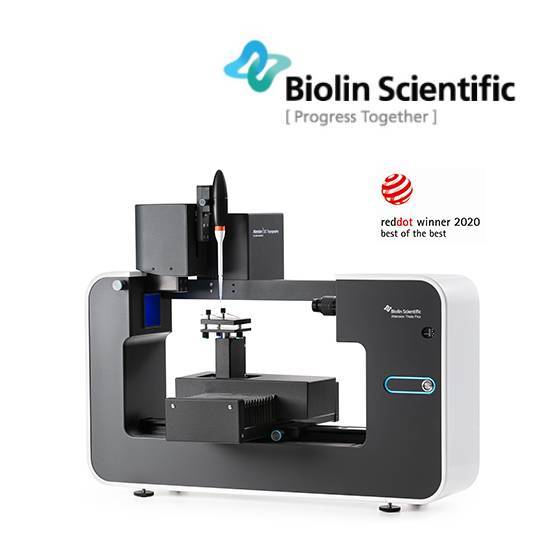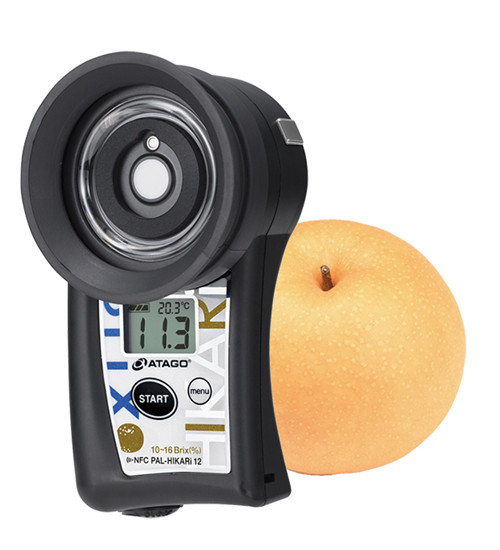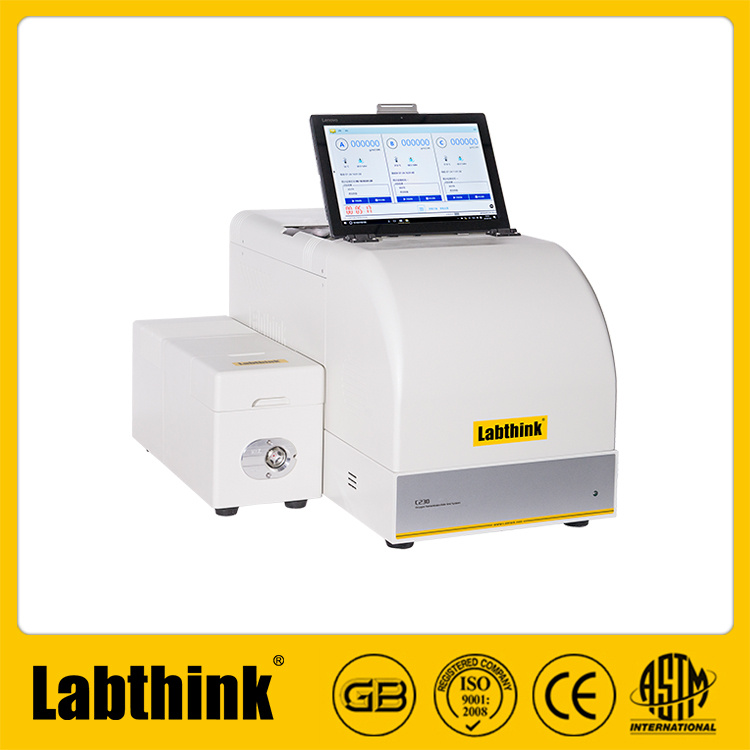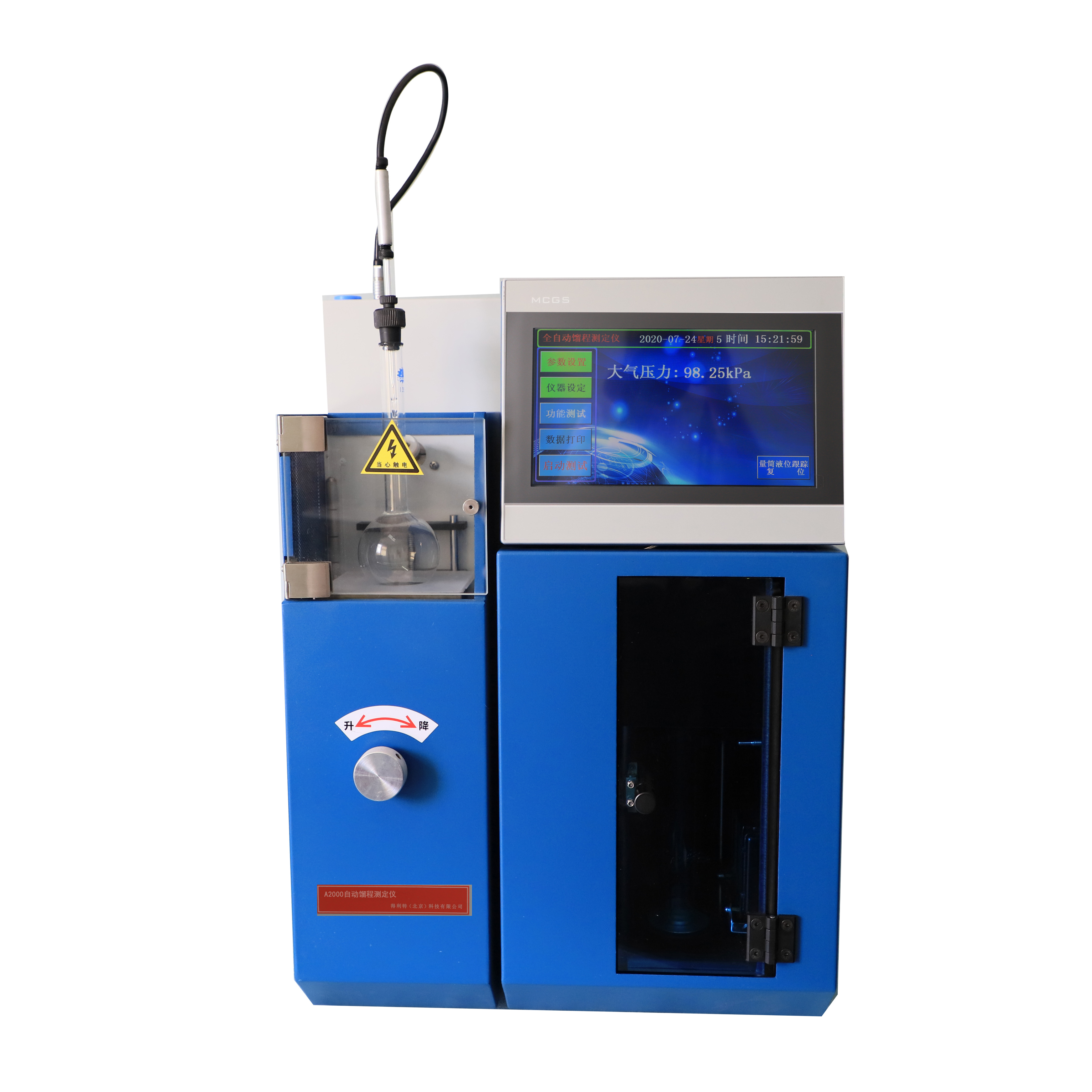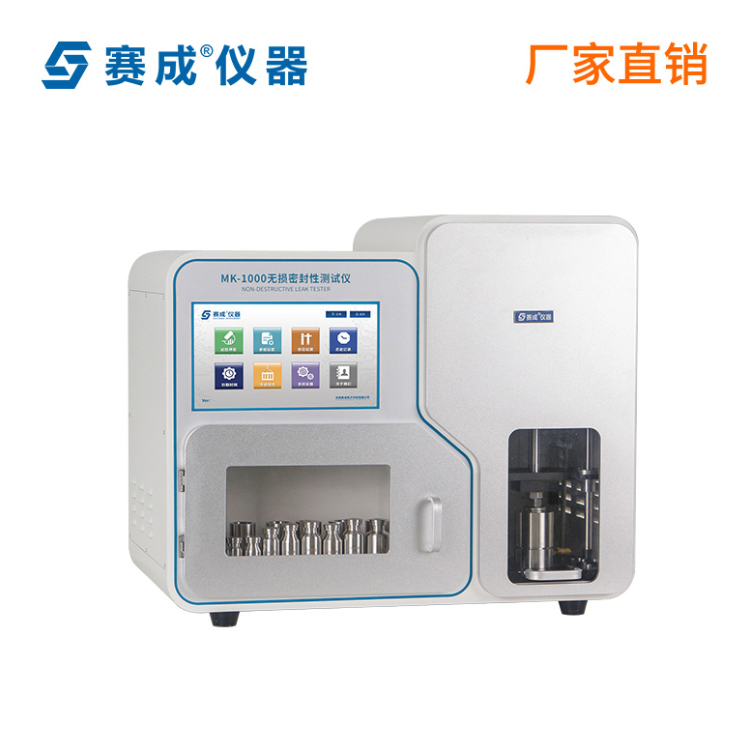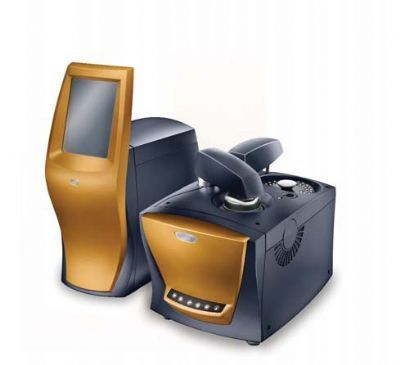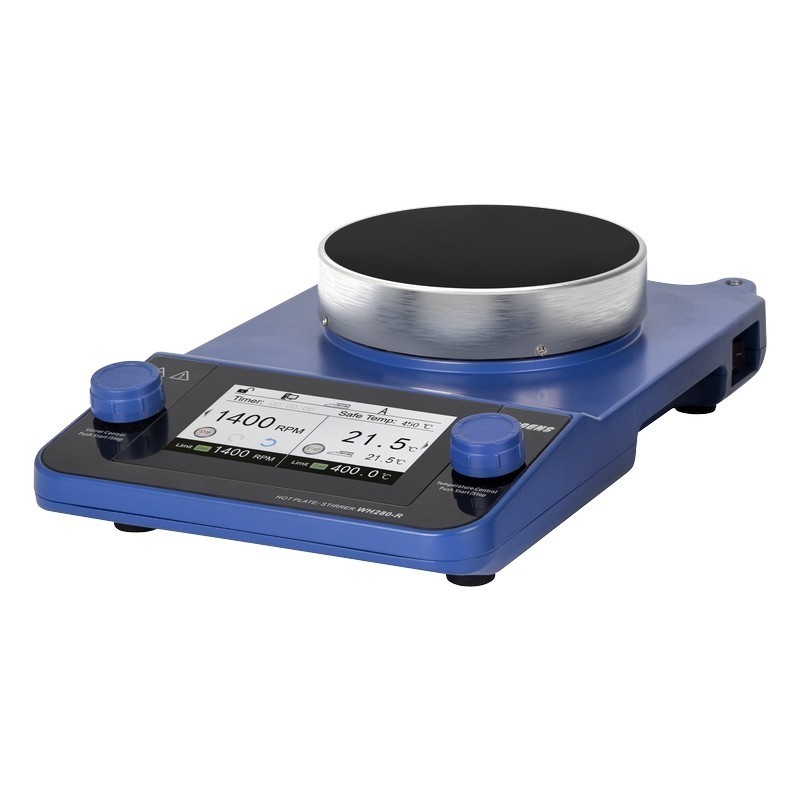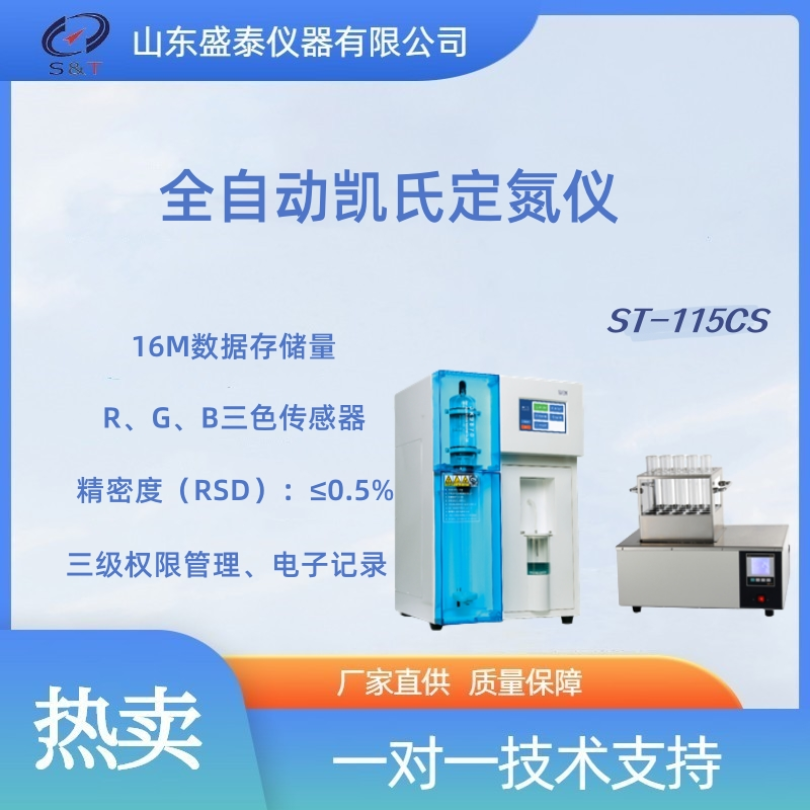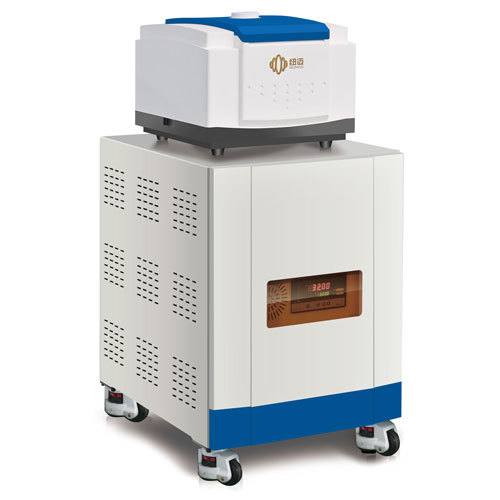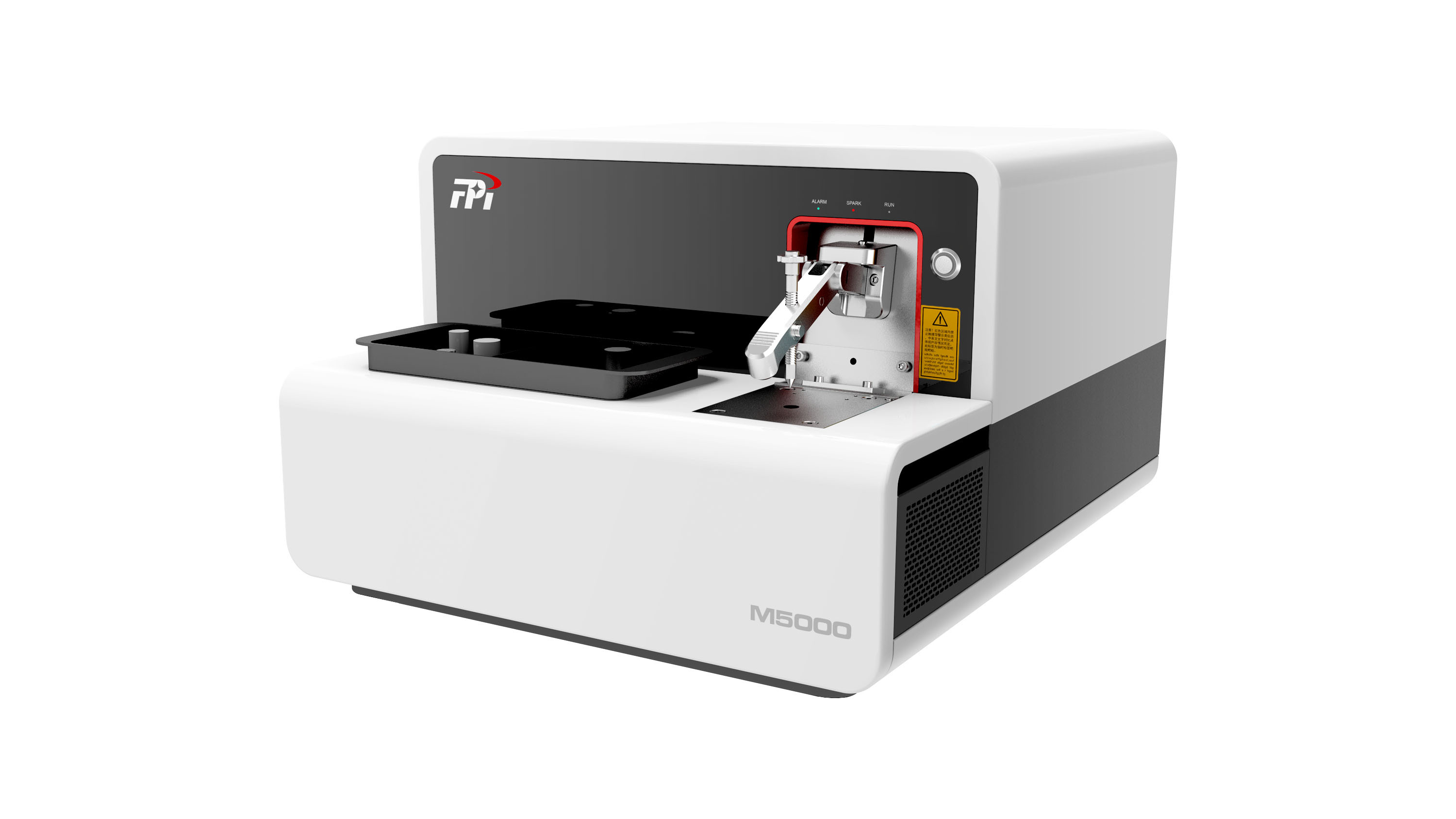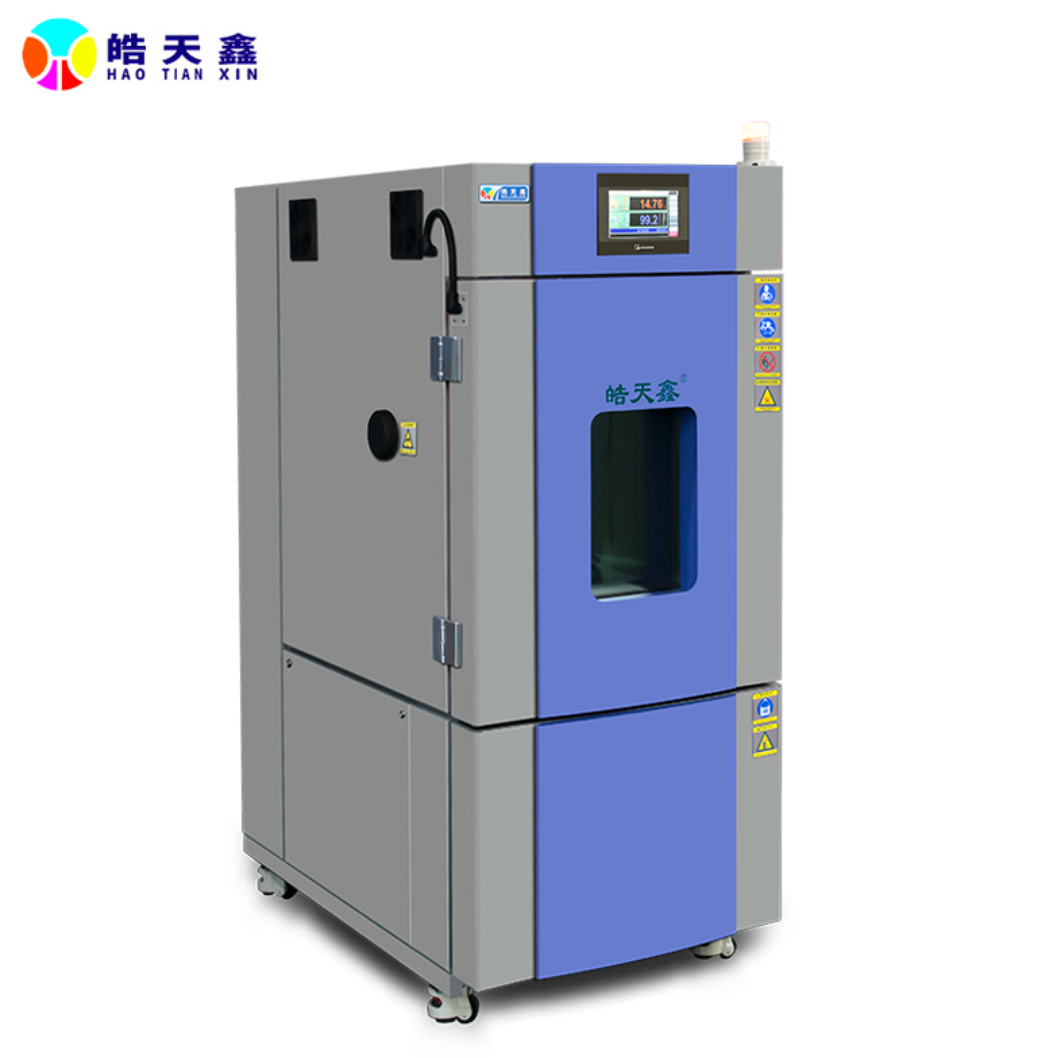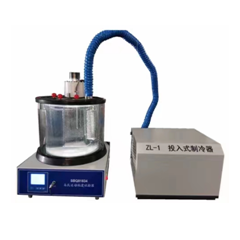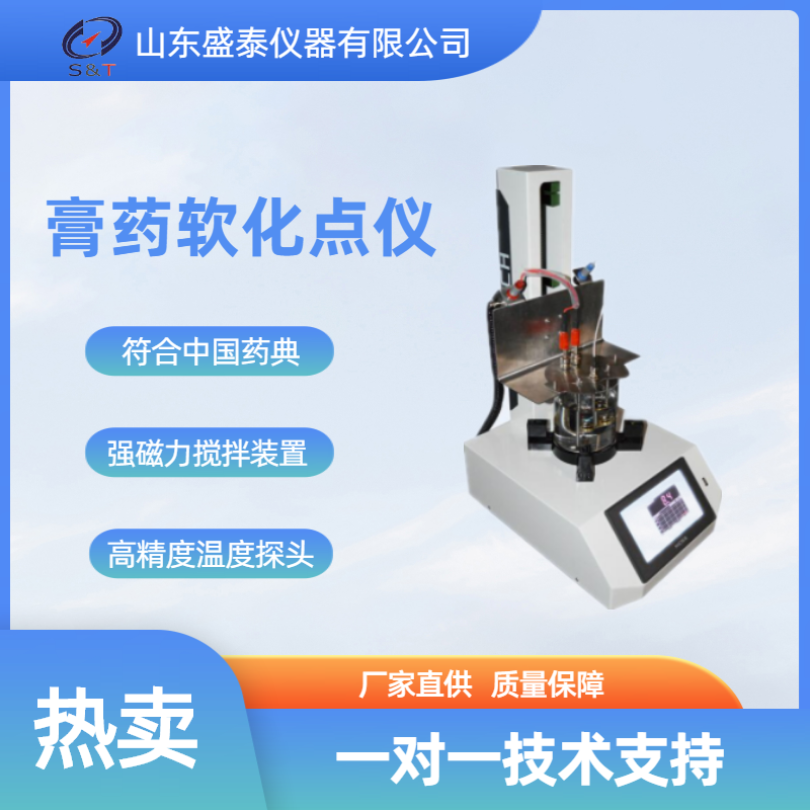调制MDSC技术原理
Modulated DSC (MDSC) can be easily understood by comparing it to its well-established precursor, differentialscanning calorimetry (DSC). Conventional DSC is an analytical technique in which the difference in heat flow betweena sample and an inert reference is measured as a function of time and temperature as both the sample and reference aresubjected to a controlled environment of time, temperature, atmosphere and pressure. The schematic of a typical “heatflux” DSC cell is shown in Figure 1. In this design, a metallic disk (made of constantan alloy) is the primary means ofheat transfer to and from the sample and reference. The sample, contained in a metal pan, and the reference (an emptypan) sit on raised platforms formed in the constantan disk. As heat is transferred through the disk, the differential heatflow to the sample and reference is measured by area thermocouples formed by the junction of the constantan disk andchromel wafers which cover the underside of the platforms. Chromel and alumel wires attached to the chromel wafersform thermocouples which directly measure sample temperature. Purge gas is admitted to the sample chamber throughan orifice in the heating block wall midway between the raised platforms. The gas is preheated by circulation throughthe block before entering the sample chamber. The result is a uniform, stable thermal environment which assuresexcellent baseline flatness and exceptional sensitivity (signal-to-noise). In conventional DSC, the temperature regimeseen by the sample and reference is linear heating or cooling at rates from as fast as 200°C/minute to rates as slow as0°C/minute (isothermal).

